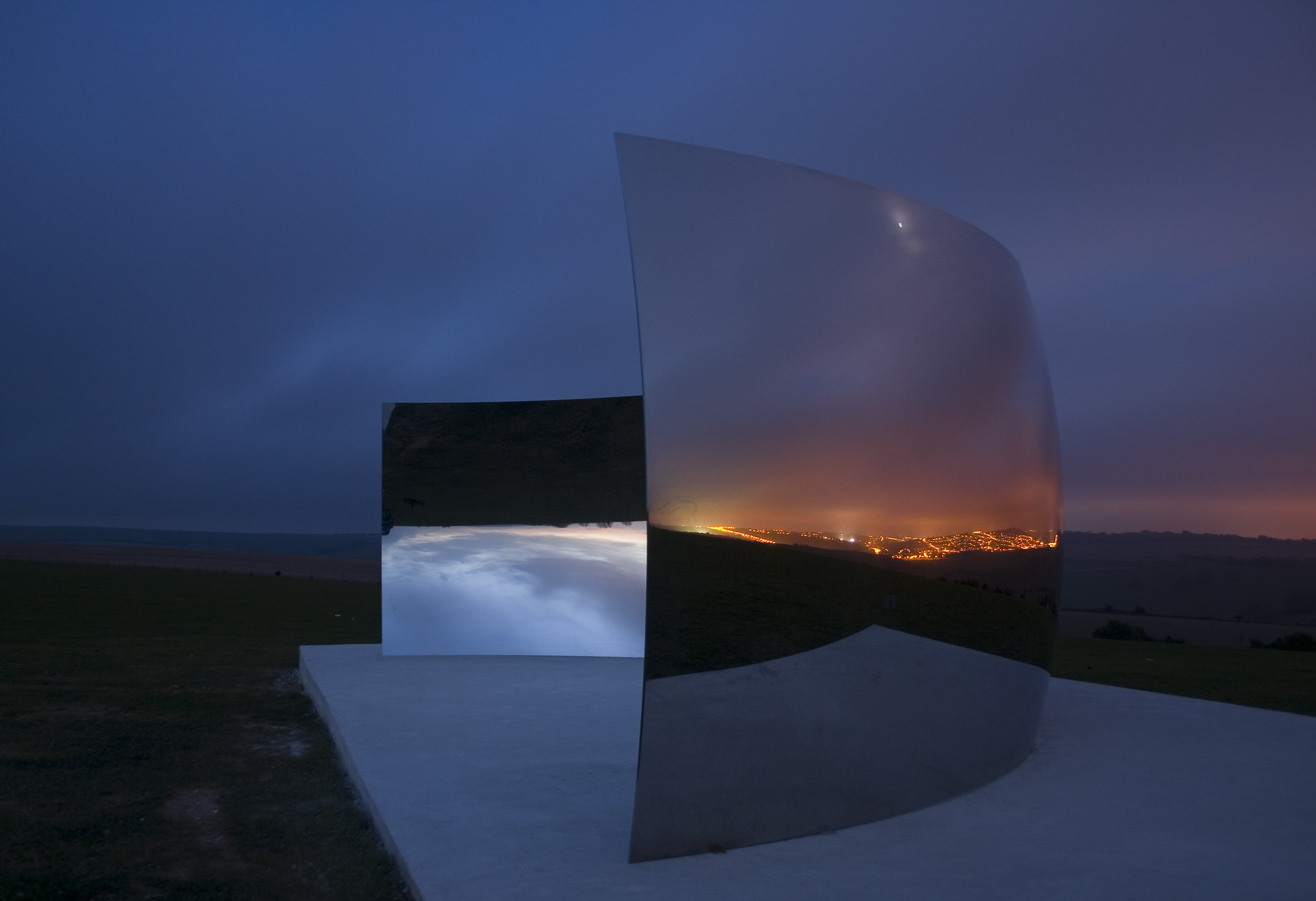Contemporary sculpture is highly sought-after. It allows artists to explore new media, techniques, and ideas by expanding the definition of what sculpture may be. Often, the outcome is difficult, complex, and complicated.
The emphasis on experimentation is one of contemporary sculpture’s defining traits. Sculptors can create works that are not constrained by the physical attributes of a material by blending a variety of materials, such as found objects, plastic, even light and sound. Instead, they harness it to develop fresh forms and interpretations that engage and inspire the spectator.
The emphasis on conceptual art is also prevalent among contemporary sculptors. They address concepts and subjects including identity, culture, and politics in their works.
Moreover, contemporary sculpture is significantly influenced by technology and digital media. While some sculptors use video, sound, and other multimedia components into their sculptures, others use 3D printing and other digital tools. As a result, they are able to experiment with novel formats and interactions with viewers and produce works that are continually changing and evolving.
Another fascinating feature of contemporary sculpture is its diversity. A great example would be Jeff Koons’ Pink Panther. It is a seminal piece by Koons, originally displayed during his iconic 1988 Banality exhibition at the Sonnenbend Gallery in New York. The work explores core themes central to Koons’s art, including kitsch and common imagery, as well as artificiality and the simulacrum. This piece is both significant and transitional, as it continues the themes from his 1986 Statuary series while also foreshadowing the issues he would later address in the erotic Made in Heaven series of 1991.”
Koons, like Warhol and Duchamp before him, is captivated by the use of style and mass media to construct identity. Similar to Warhol, Koons was also a successful graphic artist before entering the realm of high art. Horkheimer and Adorno observed that “the film star with whom one is meant to fall in love is from the outset a copy of himself” (M. Horkheimer and T. Adorno, The Dialectic of Enlightenment, English ed., New York, 1972, p. 140). This observation applies to both Koons and Cicciolina as public figures, a concept that was central to the Made in Heaven series.
Koons has a deep appreciation for artificiality and fiction. The fact that Pink Panther is made of porcelain enhances its sense of unreality—it is a blatant imitation of nature. The material itself carries the contradictory meanings that Koons relishes. Porcelain, once a rare and exclusive material for the aristocracy, is now a common and inexpensive product linked to mass consumption. Its history spans both the rococo and kitsch styles. Koons has remarked, “When I work with porcelain, it’s to address people’s social and economic needs, allowing them to feel like kings and queens for a day.”
The issues facing contemporary sculpture persist despite its many advancements. Some detractors contend that it has lost touch with the physicality of sculpture and has become overly concept-focused. Others contest the worth of sculptures that use unusual materials or combine multimedia components.
Contemporary sculpture, however, is seen by many creators and fans as the medium’s future. Sculptors will have greater opportunity to explore and produce works that challenge and excite audiences as technology and new materials continue to advance.
In summary, contemporary sculpture is an intriguing, dynamic, and ever-changing genre of art. Contemporary sculptors are producing works that both challenge and inspire audiences by pushing the limits of the art. Contemporary sculptors are producing work that catches the imagination and broadens our knowledge of what sculpture may be, whether they are utilizing negative space, technology, or multimedia components.
Photo Credit: “C-Curve – Anish Kapoor” by Dominic’s pics.

